The Curtiss CR was a racing aircraft designed for the United States Navy in 1921 by Curtiss. It was a conventional single-seater biplane with a monocoque fuselage and staggered single-bay wings of equal span braced with N-struts. Two essentially similar landplane versions were built as the CR-1 and CR-2, which were both eventually converted to seaplanes as the CR-3 in 1923 and CR-4 in 1924. A refined version was developed for the US Army Air Service under the designation R-6. These latter two aircraft featured refined aerodynamics included surface-mounted radiators. -wikipedia

The Curtiss CRs enjoyed successful racing careers. Their first major win was at the 1921 Pulitzer Trophy race, where piloted by Bert Acosta the CR-1 took first place with an average speed of 176.75 mph (283.49 km/h), nearly two minutes ahead of its closest rival. The following year, this aircraft was modified and redesignated CR-2 and joined in the Pulitzer race by a second aircraft built to the same new standard, plus two R-6s flown by Army pilots. These Curtiss aircraft took first through fourth place, the two R-6s followed by the two CR-2s. The race was won by Lt. Russell Maughan with an average speed of 205.856 mph (330.172 km/h) with Lt. Lester Maitland in second place (198.850 mph/318.936 km/h). Maughan's effort incidentally broke every closed-circuit airspeed record up to 124 mi (200 km). The CR-2s took third and fourth places piloted by Lt Harold Brow (average speed 193.695 mph/310.667 km/h) and Lt Jg Al Williams (average speed 187.996 mph/301.527 km/h).
The Army built upon this success with the R-6s by using the aircraft to break the world airspeed record before 1922 was over, Gen Billy Mitchell flying one to 224.28 mph (359.72 km/h) on 18 October. In March the following year, an R-6 flown by Lt. Maughan lifted the record to 236.587 mph (380.74 km/h). The R-6 design was developed in 1923 into the longer-winged XPW-8, the prototype of the PW-8 fighter.
In 1923, the CR-2s were fitted with floats for the Schneider Trophy race and redesignated CR-3. The aircraft took first and second place, piloted by David Rittenhouse (average speed 177.977 mph (154.658 kn; 286.426 km/h) and Rutledge Irvine 173.932 mph (151.143 kn; 279.916 km/h). After the 1924 Schneider Trophy race was cancelled, CR-3 A6081 was flown by Lt. G.T. Cuuddihy to set up new World's closed-course seaplane record oc 188.07 mph (163.43 kn; 302.67 km/h).
A6081 was further modified as the CR-4 for use as a test-bed and trainer for the 1926 Schneider Trophy racing team. -wikipedia
Decals of this plane in real life
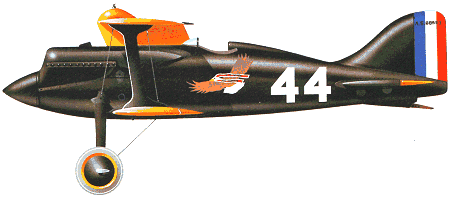
I was way too lazy to include the eagle livery on this plane
Specifications
General Characteristics
- Created On iOS
- Wingspan 54.2ft (16.5m)
- Length 48.7ft (14.8m)
- Height 18.2ft (5.5m)
- Empty Weight 18,103lbs (8,211kg)
- Loaded Weight 33,096lbs (15,012kg)
Performance
- Power/Weight Ratio 0.067
- Horse Power/Weight Ratio 0.06
- Wing Loading 25.9lbs/ft2 (126.7kg/m2)
- Wing Area 1,275.7ft2 (118.5m2)
- Drag Points 7242
Parts
- Number of Parts 223
- Control Surfaces 35
- Performance Cost 729

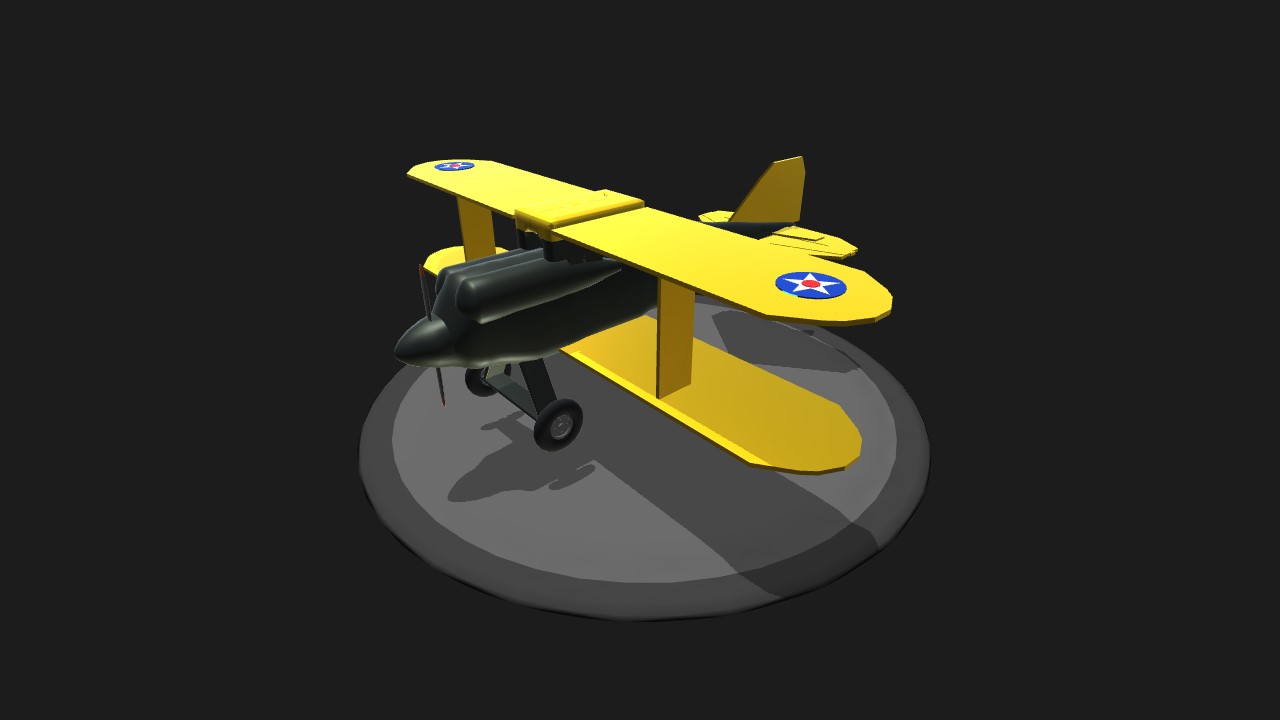
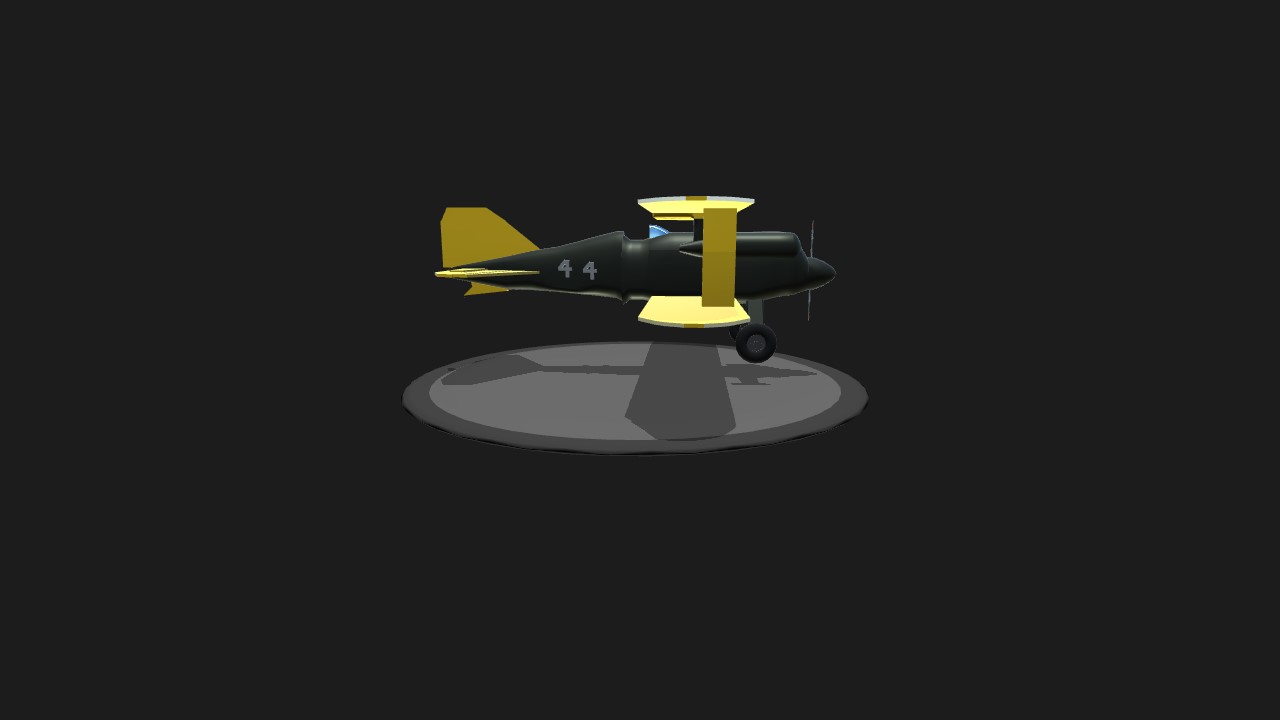
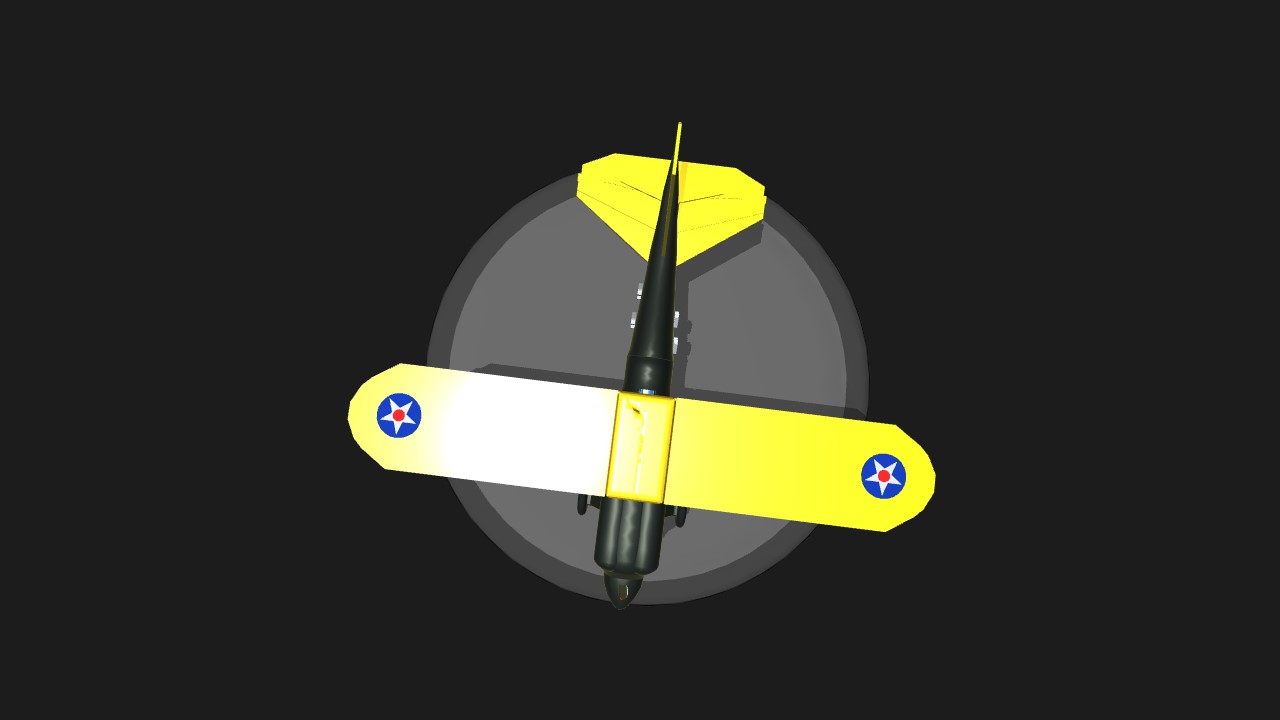
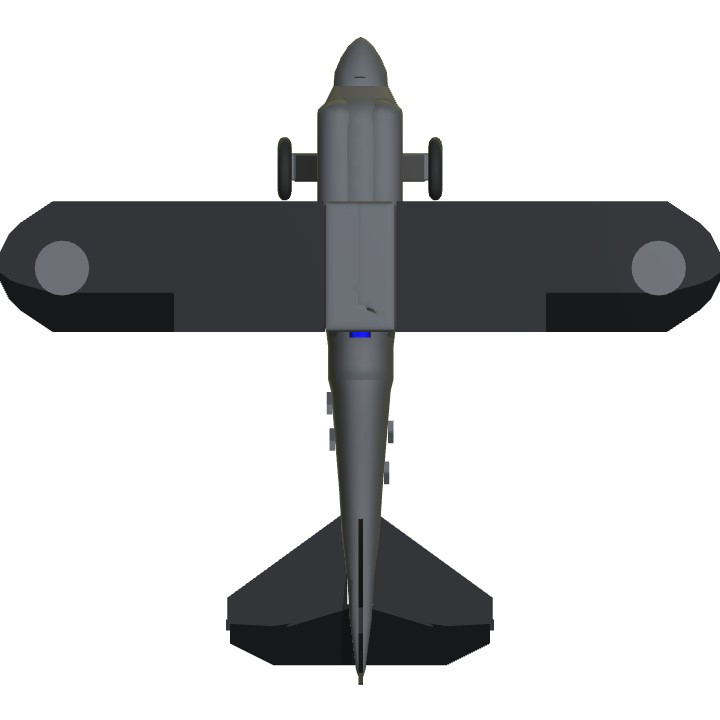
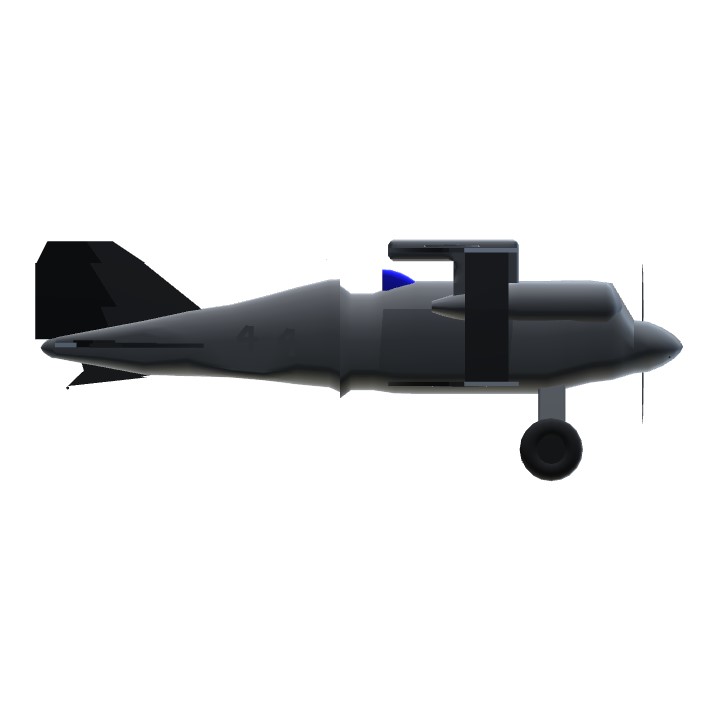

@Trainzo thanks, made it with my own moist and grubby hands.
Great build .